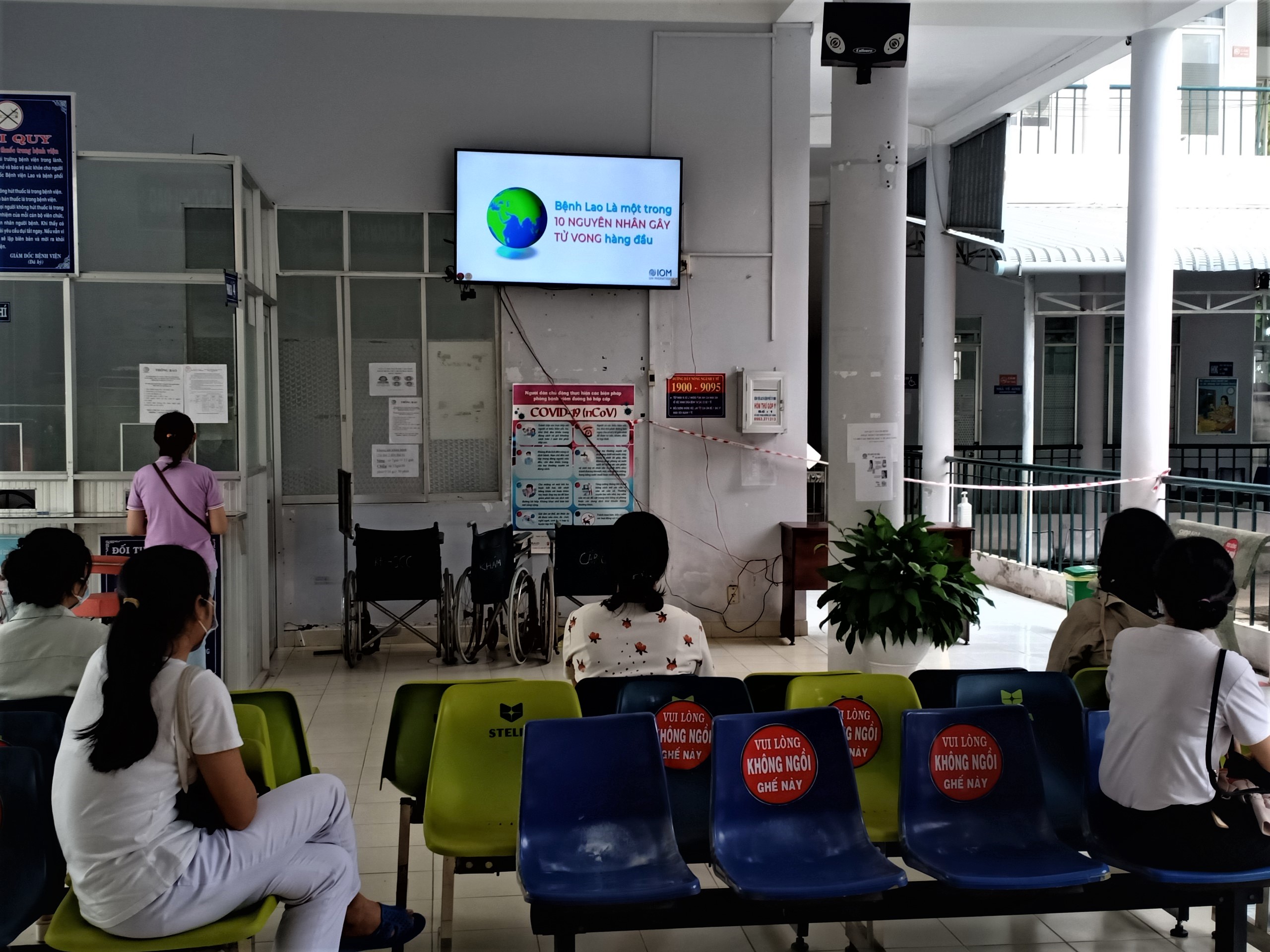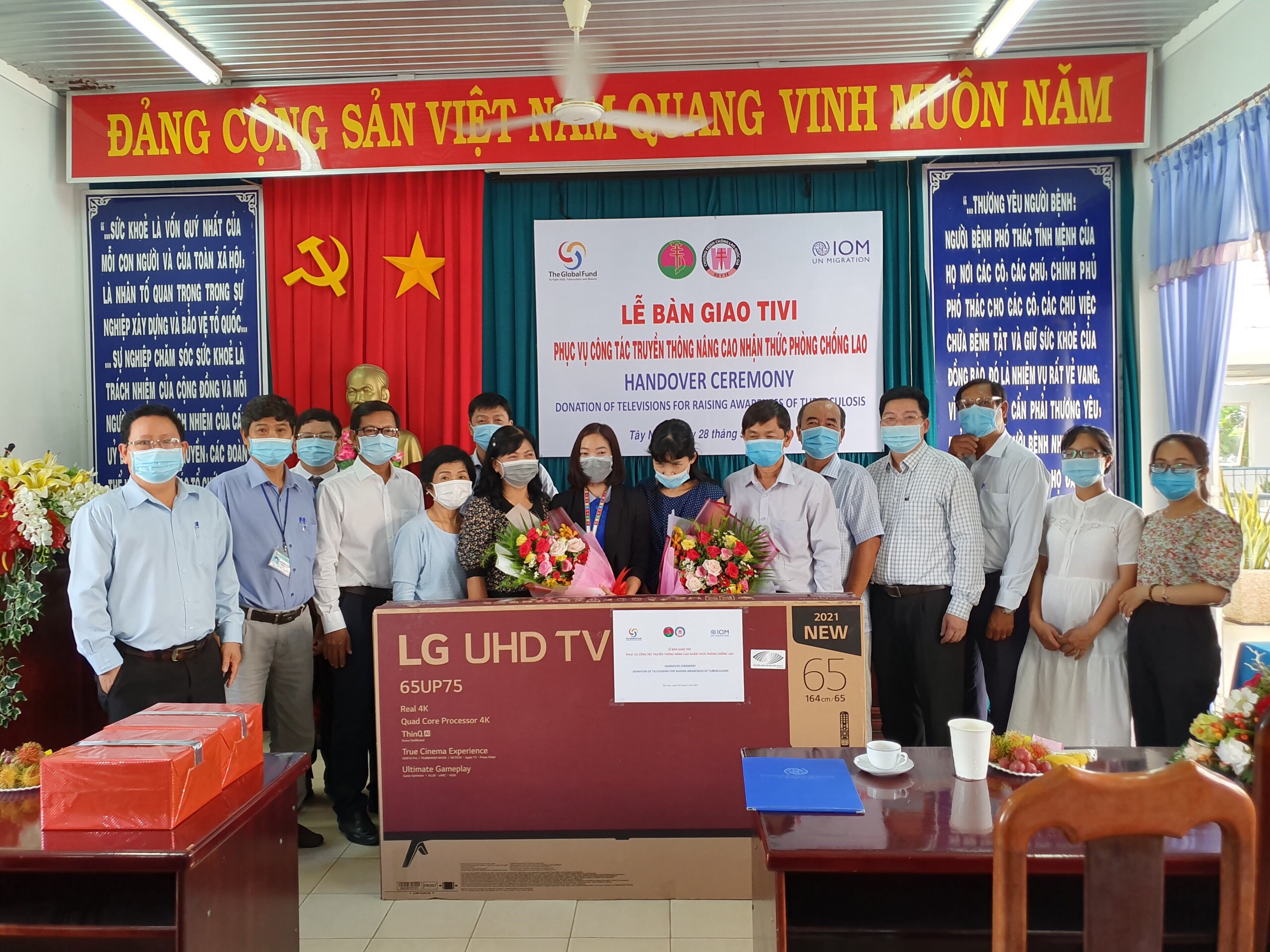-
Who We Are
WHO WE AREThe International Organization for Migration (IOM) is part of the United Nations System as the leading inter-governmental organization promoting since 1951 humane and orderly migration for the benefit of all, with 175 member states and a presence in over 100 countries. IOM has had a presence in Viet Nam since 1987.
About
About
IOM Global
IOM Global
-
Our Work
Our WorkAs the leading inter-governmental organization promoting since 1951 humane and orderly migration, IOM plays a key role to support the achievement of the 2030 Agenda through different areas of intervention that connect both humanitarian assistance and sustainable development. Across Viet Nam, IOM is concerned with the welfare and quality of life of the Vietnamese people, particularly migrant and mobile populations.
Cross-cutting (Global)
Cross-cutting (Global)
- Data and Resources
- Take Action
- 2030 Agenda
Strengthening Cross-Border Tuberculosis Control Along the Viet Nam and Cambodia Border
Duration: June 2020 – 31 May 2021
Location: An Giang and Tay Ninh (Viet Nam), and Takeo and Svay Rieng (Cambodia)
Donor/Funding source: The Global Fund to Fight AIDS, Tuberculosis and Malaria and the National Lung Hospital, Viet Nam
Implementing partners: National Tuberculosis Control Program (NTP), National Lung Hospital, Ministry of Health (MOH), Viet Nam; World Health Organization (WHO), Viet Nam; IOM Cambodia, National Centre for Tuberculosis and Leprosy Control (CENAT), Cambodia; Departments of Health, An Giang, Centre for Disease Control, Tay Ninh, Tay Ninh Lung Hospital.
Objectives: To promote access to TB diagnosis and treatment for cross-border migrants along the Viet Nam and Cambodia border by identifying gaps and needs in cross-border TB control.
Brief description of project:
Tuberculosis (TB) remains a major global health problem. Despite the availability of treatment, the disease is one of the top 10 causes of death worldwide.
In 2020, Viet Nam and Cambodia were globally evaluated as one of the highest burden countries with TB. While both countries have made significant progress in reducing TB rates in recent years, they lack the financial resources needed to eliminate TB as a public health problem. Within this context of strained health resources, migrant populations can easily be missed or overlooked in national efforts to detect TB.
Besides delivering a better understanding of barriers to accessing and utilizing diagnosis and treatment of TB among migrants and their enabling factors, the project set out to identify challenges in TB control, focusing on current and potential areas of interaction and collaboration between governmental and non-governmental agencies working in TB control on the Viet Nam-Cambodia border.
Project activities and its impacts:
Key activities of the project included conducting in-depth interviews with cross-border migrants with TB, public health officials and health care providers working in cross-border TB control in An Giang and Tay Ninh, Viet Nam and Takeo and Svay Rieng, Cambodia and conducting mapping of healthcare facilities including private and government hospitals and commune health stations/posts within studied districts through the Health, Border and Mobility Management approach.
The findings of the study contributed to the development of action plans and guidelines for TB control among cross-border migrants and were also incorporated into training curriculums for healthcare workers to deliver migrant friendly health-care services. The full report about the study is available in IOM Publications Platform.

